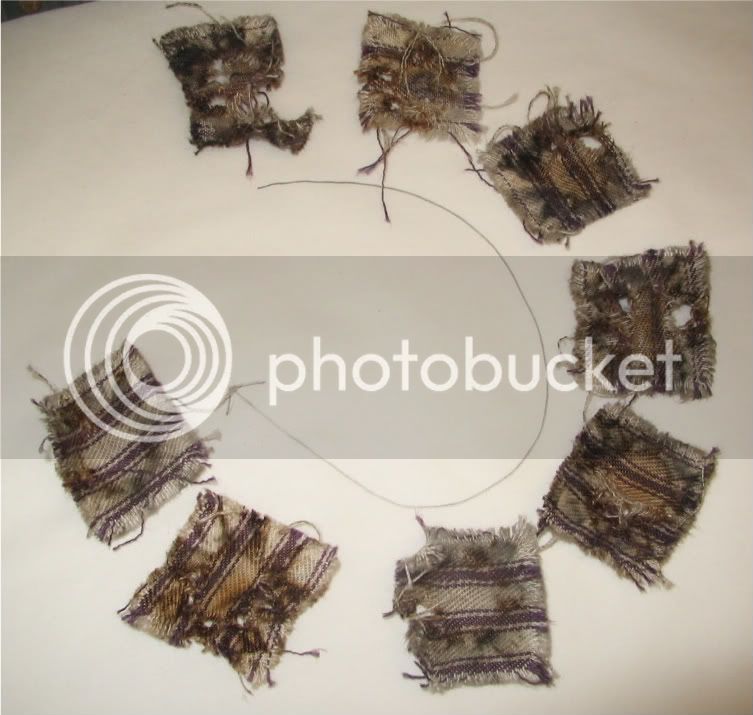mikemeteor
45 Cal.
- Joined
- Nov 16, 2008
- Messages
- 660
- Reaction score
- 3
took my brandy new LR build out to the range yesterday and was thrilled when it went bang.
I collected some patches - but I'm a little too new at this to tell much about my gun from them.
They did seem to get better as I shot more.
These were shot in .50 cal, with 70 grains, .490 rb and .018 patch.
I didn't get them all, but have included a picture of patches placed in close chronological order, with the shredded one at top the very first shot out of this gun, and the last one was about shot #20.
Would appreciate any insight I should take home based on the looks of these.

I collected some patches - but I'm a little too new at this to tell much about my gun from them.
They did seem to get better as I shot more.
These were shot in .50 cal, with 70 grains, .490 rb and .018 patch.
I didn't get them all, but have included a picture of patches placed in close chronological order, with the shredded one at top the very first shot out of this gun, and the last one was about shot #20.
Would appreciate any insight I should take home based on the looks of these.












